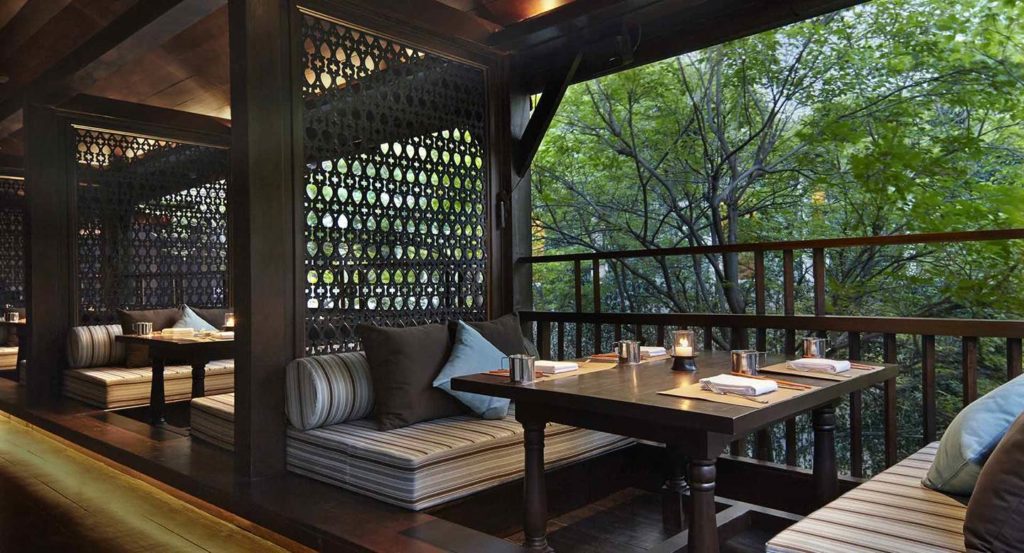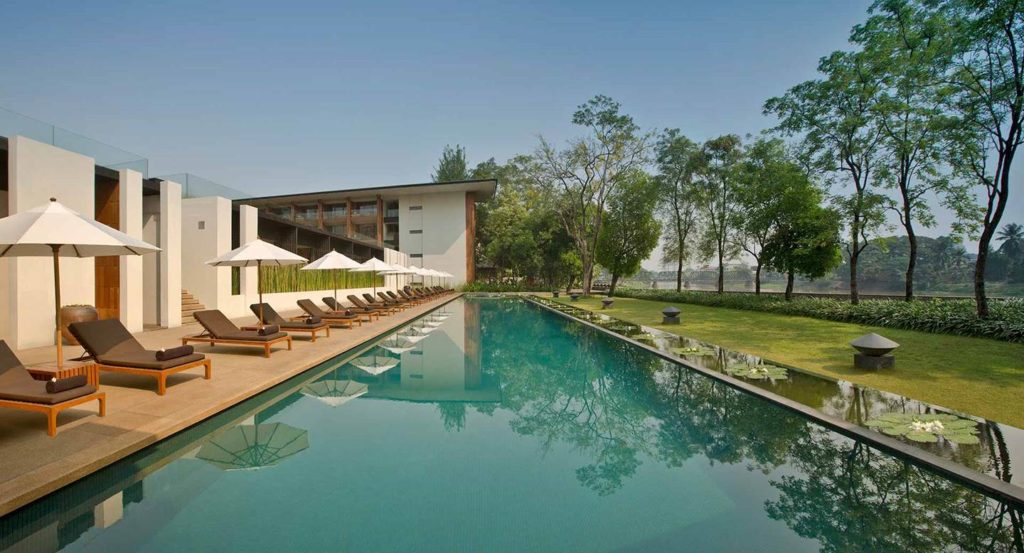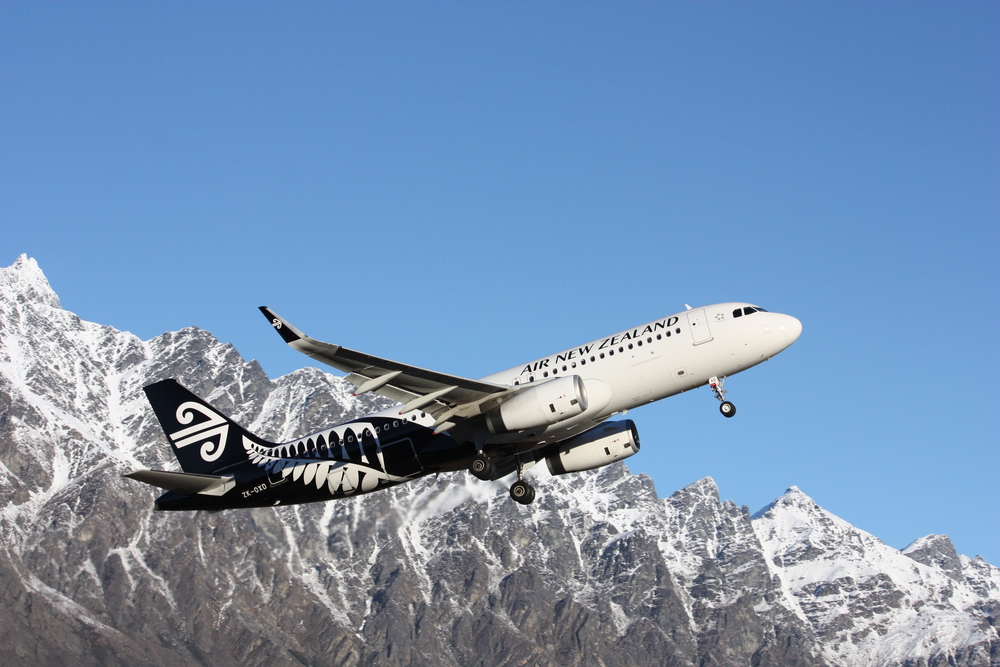
Its five years since the Chinese film “Lost in Chiang Mai,” started sparking visits galore to the city in the title. Hoteliers were glad of the boom but are now aware visitors from China are turning to other destinations especially Vietnam.
“Our challenge is to bring more countries to our property”
“Our number one visitors will be Chinese, second will be UK and US (although) we have more US and UK in the high season,” an Anantara official – representing the hotel and the nearby Anantara Chiang Mai Serviced Suites -explained to me. (Thais are the property’s fourth visitor group by size.) “Our challenge is to bring more countries to our property,” the official added.
Anantara’s response to the problem has been twofold: more and different marketing and product polishing. First of all, the sales team will promote the Chiang Mai property as a MICE destination to corporate bodies in Singapore and Malaysia. This will be supplemented by sales teams visiting the US, as well as more presence at trade shows.

Helping matters are new flights to Chiang Mai’s airport from EVA in Taiwan, which then connects to North America, and flights from Qatar Airways which will allow the hotel to tap the European market more effectively.
Anantara is looking closely at its product and how it can be improved. One upcoming change is a plan to offer guests, ahead of the next high season, the opportunity for hotel chefs to come and cook in the serviced apartments. Guests will be offered a set menu from which to choose and the options are extensive, with the chefs offering Thai, Western, Indian and, from China, Sichuan dishes .
The headline grabber is that one chef will be a nikkei. This is a term applied to the descendant of Japanese who migrated to Peru. This is definitely one to watch as Peruvian food is starting to emerge as a world cuisine in its own right.
Space should not be a problem in the serviced apartments as the largest, the three-bedroom, is a huge 160 square metres. This means there is space for a large dining table easily seating eight and possibly ten.
The market for these spaces, which are THB 25,000 (USD 754) in the low season (about now) and up to THB 35,000 in the October to March high season, is a mix of larger family parties or a groups of friends who want to stay somewhere comfortable together but which also offers greater privacy.
Usual length of stay is short, 2.8 days on average, but some people do want to stay longer. However, seemingly, there are no long-term tenants as would be found in such blocks in a city like Bangkok. One smaller subset Anantara has identified is private sector teams wanting spaces where they can stay and work free from noise or disturbances.

This sees C-level executives stay in the 84-room hotel, whilst the team stay in the 24-unit Suites where work can also be done. The building actually contains 44 suites of one, two and three bedrooms but twenty are timeshares of the Anantara Vacation Club.
That said as the name of this property shows Anantara Chiang Mai Resort is a leisure destination. Tourists are 60% of its guests, with MICE travellers much of the remaining 40%, the Anantara official explained. This is not being forgotten by Anantara ahead of its search for new markets. “We put the TV on the wall and added touch screen presentations and added more high speed internet”, the official said of the updated MICE rooms.



 share
share








































